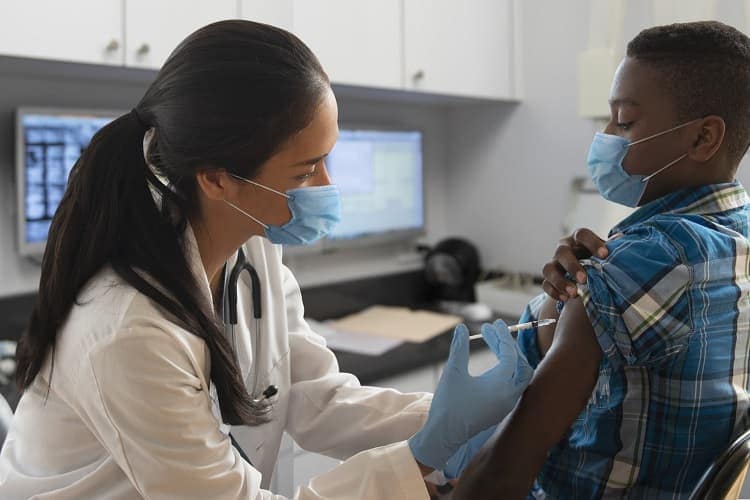National Comprehensive Cancer Control Program Priorities

The easiest way to fight cancer is to stop it before it starts. We can prevent cancer by increasing vaccination for human papillomavirus (HPV).
Since 1998, CDC’s National Comprehensive Cancer Control Program (NCCCP) has provided the funding, guidance, and technical assistance that programs across the country use to develop, implement, and evaluate cancer control plans. These plans are guided by the NCCCP priorities that focus coalition efforts on evidence-based strategies that will affect cancer prevention and control across the cancer continuum.
NCCCP award recipients are advancing the priorities through evidence-based interventions that include—
Emphasizing Primary Prevention of Cancer
The easiest way to fight cancer is to stop it before it starts. Many cancers are preventable. Primary prevention helps people choose healthy behaviors to lower their risk of getting cancer. We can prevent cancer by—
- Increasing vaccination for human papillomavirus (HPV) and hepatitis B.
- Promoting tobacco-free living.
- Improving nutrition and physical activity in communities, worksites, and schools.
- Promoting sun safety.
- Reducing exposure to artificial UV light sources.
Promoting Early Detection and Treatment of Cancer
Screening for cervical cancer and colorectal (colon) cancer can prevent cancer by finding early lesions so they can be treated or removed before they become cancerous. Screening for cervical, colorectal, breast, and lung cancers helps find these diseases at an early stage, when treatment works best. Activities that promote early detection and treatment of cancer include—
- Providing education and community outreach activities to encourage screening.
- Supporting patient navigators and community health workers who help remove barriers to accessing cancer information, services, and treatment.
- Working within health systems to improve quality of services.
Supporting Cancer Survivors and Caregivers
Comprehensive cancer control programs address the needs of cancer survivors and their caregivers using—
- Surveillance to assess survivors’ needs.
- Education programs to help survivors, caregivers, and providers make informed decisions.
- Patient navigation systems to optimize treatment and care.
- Policies and systems changes to improve access to palliative care and other cancer resources or services.
Cross-Cutting Priorities
Award recipients use cross-cutting priorities to strengthen their activities in primary prevention, early detection and treatment, and survivorship. They include—
Building Healthy Communities Through Policy, Systems, and Environmental (PSE) Approaches
PSE approaches can make healthy living easier and provide sustainable cancer prevention and control improvements where people live, work, play, and learn. We can make communities healthier by supporting changes in—
- Policies to protect communities from harmful agents or elements (such as indoor tanning policies to limit exposure to ultraviolet rays or smoke-free policies to limit exposure to secondhand smoke).
- Systems to increase the use of client reminders to get people screened for cancer, or to increase access to healthy food choices in schools and workplaces.
- Environments to encourage communities to be active (such as pedestrian-and bike-friendly streets).
Achieving Health Equity Within Cancer Prevention and Control
Health equity is achieved when every person has the opportunity to live their healthiest life, including people in communities with a higher burden of cancer. Award recipients address health equity by—
- Training and maintaining a culturally competent workforce, including patient navigators, community health workers, and other public health practitioners, to tailor interventions for underrepresented and underserved groups.
- Promoting equitable access to resources, like quality and affordable screening, treatment, and care options.
- Improving data measurement in research and surveillance, and using that data to guide community-driven plans.
Demonstrating Outcomes Through Evaluation
Evaluation drives public health decision making and identifies what works and where resources need to be invested. Evaluation improves programs by—
- Strengthening activities with pilot programs and participant feedback.
- Preserving resources through evaluation partnerships and information sharing.
- Ensuring outcomes will be met by monitoring the success of program activities during implementation.